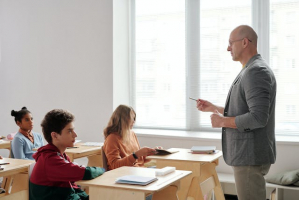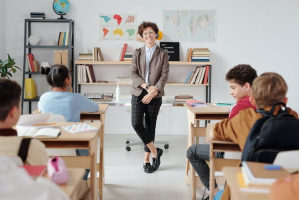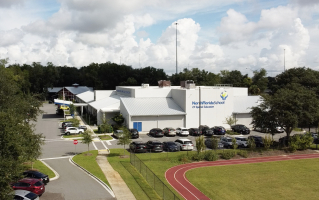Top 11 Best Practices for Improving Special Education Lesson Plans
Explore top notch strategies in best practices for improving special education lesson plans. This guide equips educators with practical tips and evidence based ... read more...approaches to create engaging, adaptable, and impactful lessons. Foster an inclusive environment where every student, regardless of ability, can thrive in their learning journey.
-
In many places, when the things done last year to help students don't work well, the usual response is to add more staff, assistants, more teaching together, and more hours of help. But, these changes don't usually make things better for students, and they always cost more money. In the last ten years, districts kept hiring more special educators and assistants, but the students' success levels didn't improve much.
If the way things are done now isn't making things better, it's important to look at and change those ways. The districts that have actually made things better for students with special needs and others who find it hard are the ones that always focus on getting good results.
Instead of just adding more people or more time, successful districts review and change the methods they use. They make sure the main goal is to help students do well. This kind of careful approach is more effective than just doing more of the same things that haven't worked well before. It's not just about having more people; it's about making sure those people are doing the right things to help students succeed.
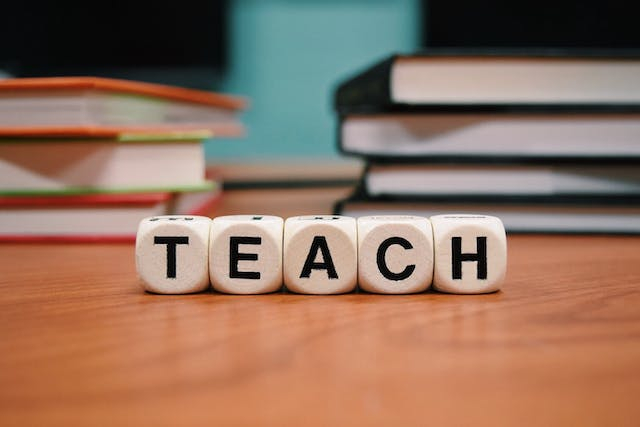
Photo by Pixabay via pexels 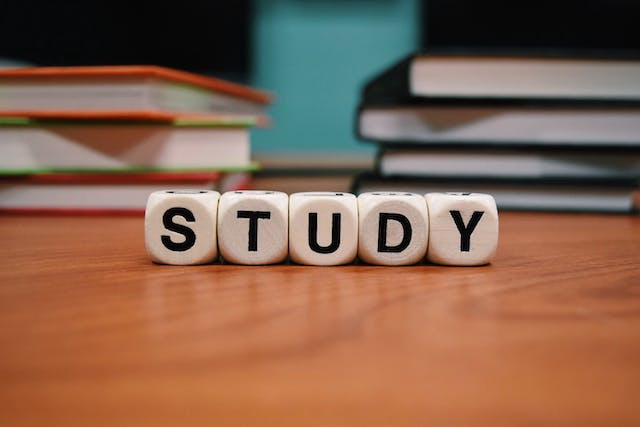
Photo by Pixabay via pexels -
The key to better outcomes for students with disabilities lies in effective general education instruction. The National Assessment of Educational Progress (NAEP) shows a link between higher performance in general education students and better results for students with disabilities. Since students with special needs and those who find learning challenging spend most of their day in regular classrooms, it's crucial for the main teacher to address their needs through core instruction.
However, in some places, there's a trend where special education staff take the lead in helping students with disabilities. For instance, in many schools, struggling elementary students are taken out of regular reading sessions to be taught separately by a special education teacher or assistant.
Despite good intentions, these practices might not be the best for students with special needs. Students generally fare better when their main teacher in regular classes takes the lead in their learning. Even additional support, like interventions, is often more effective when provided by regular education staff, a principle emphasized by Response to Intervention (RTI). Essentially, approaches such as RTI highlight the importance of general education as the basis for the success of all students.

Photo by Pixabay via pexels 
Photo by Pixabay via pexels -
In many school districts, almost half of the requests to join special education programs stem from challenges in reading. The number of requests tends to go up from third to sixth grades because difficulties in reading can affect learning other subjects like math, science, and social studies. If students don't get the hang of reading by the end of third grade, they often face ongoing struggles in high school and beyond. These students might also encounter more behavior issues in later grades and are less likely to finish high school or go to college.
To improve the outcomes for all students who find learning challenging, districts must consistently use the best methods for teaching reading. It's crucial that students with mild to moderate disabilities also benefit from these effective teaching methods to support their learning.

Photo by Katerina Holmes via pexels 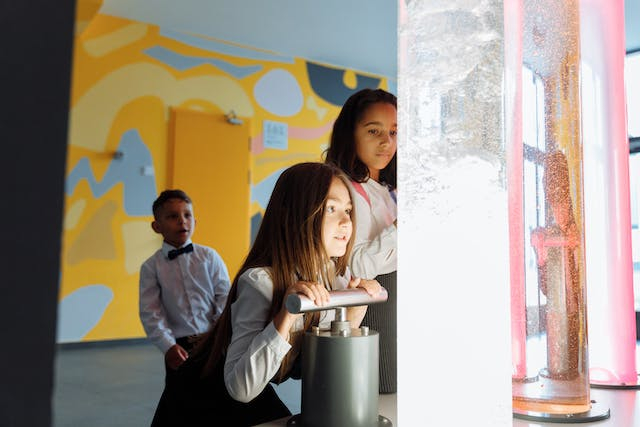
Photo by Thirdman via pexels -
Students facing challenges in meeting grade-level standards often require additional time for instruction to catch up with their peers. This extra time, both at the elementary and secondary levels, allows for pre-teaching, reteaching lessons, addressing missing foundational skills, and clearing up misunderstandings.
However, in many schools, struggling students receive extra support from additional adults, like teaching assistants or special education teachers, but not necessarily extra time. While these students might have specialized instruction, it's often within the regular class duration. Some schools place struggling students in a "replacement" class, offering less content with lower rigor. It's essential to distinguish between "help time" and "instructional time." Students with special needs may have resource periods or support periods that cover various subjects, grades, and courses, which differ from a daily dedicated extra period specifically focused on a particular skill, such as math.
Districts successfully narrowing the achievement gap and improving outcomes for students with and without special needs incorporate additional instructional time each day beyond the regular core content instruction. This dedicated time plays a crucial role in addressing individual learning needs and fostering academic growth.

Photo by RDNE Stock project via pexels 
Photo by Leeloo Thefirs via pexels -
As educational standards have become more demanding and content complexity has increased, the importance of teachers possessing a deep understanding and mastery of their subjects has grown significantly. Teachers who have undergone extensive study and training in a specific subject are likely to have a broader range of effective teaching methods. However, in many school districts, additional instruction is often delivered by paraprofessionals or special education teachers. While these professionals excel in pedagogy, they may lack specialized expertise in teaching specific subjects like math, English, and reading.
The districts that have achieved the most notable improvements among struggling students have distinguished themselves by offering these students, whether or not they have Individualized Education Programs (IEPs), instruction from teachers with expertise in content. This targeted approach during extra instructional time ensures that students receive specialized guidance in the subjects where they need the most support, contributing significantly to their academic progress.

Photo by Mary Taylor via pexels 
Photo by Marta Wave via pexels -
School districts making notable progress in enhancing services for struggling students emphasize the importance of aligning teachers with their strengths. For instance, some special education teachers possess expertise in specific subjects, while others excel in efficiently managing the Individualized Education Program (IEP) process.
Here's how leveraging these areas of expertise proves highly beneficial:
- Content Specific Expertise: Teachers strong in academic content areas (such as reading or math instruction) should concentrate on supporting students in their specialized academic domains.
- Pedagogical Expertise: Teachers with pedagogical expertise can guide general education teachers in accommodating the needs of students with disabilities, employing strategies like scaffolding, differentiation, Universal Design for Learning (UDL) and chunking.
- Social Emotional Expertise: Special education teachers adept at providing social-emotional or behavioral supports should focus on delivering these crucial supports to students.
- Case Management Expertise: Some special education teachers excel in efficiently managing the IEP process. They can concentrate on case management responsibilities, freeing up other special education teachers to dedicate more time to student support.
This strategic alignment of roles enables teachers to apply their strengths for the benefit of students. It also simplifies professional development for special education teachers, allowing them to deepen their skills in a specific area rather than trying to master a wide range of skills and specialties. By embracing this approach, school districts create a more efficient and effective system for supporting the diverse needs of struggling students.

Photo by Mikhail Nilov via pexels 
Photo by Ron Lach via pexels -
Across the nation, there has been a steady increase in the number of paraprofessionals supporting students in recent years. While paraprofessionals play a crucial role, especially for students with severe needs, autism, or behavior issues, their expanding involvement in academic support goes against best practices. Students with special needs and those who struggle benefit most from instruction by content-strong teachers and extra instructional time, rather than additional support during core instruction. Surprisingly, having an aide can reduce the attention a student receives from the main teacher, as the teacher may assume the student with an aide already has sufficient adult support. This results in students with the greatest needs getting less attention from a teacher certified in the subject.
It's vital for districts to refocus paraprofessional support on health, safety, and behavior needs. Academic needs should be addressed by certified reading teachers, Response to Intervention (RTI) interventionists, and other trained specialists. Fortunately, most districts can reorganize their staffing to better meet student needs without increasing costs. This shift ensures that students receive the appropriate support from specialists while maintaining a cost-neutral approach.
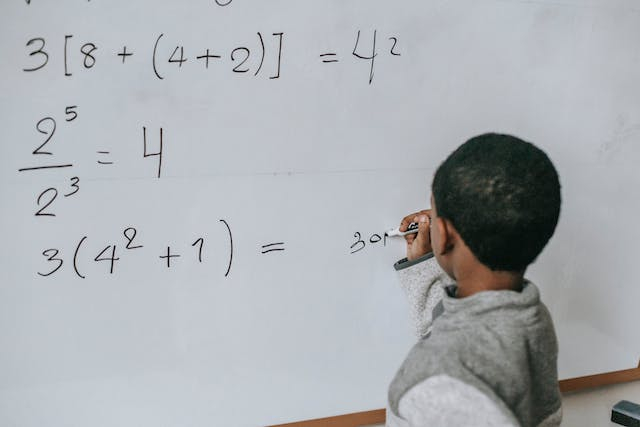
Photo by Katerina Holmes via pexels 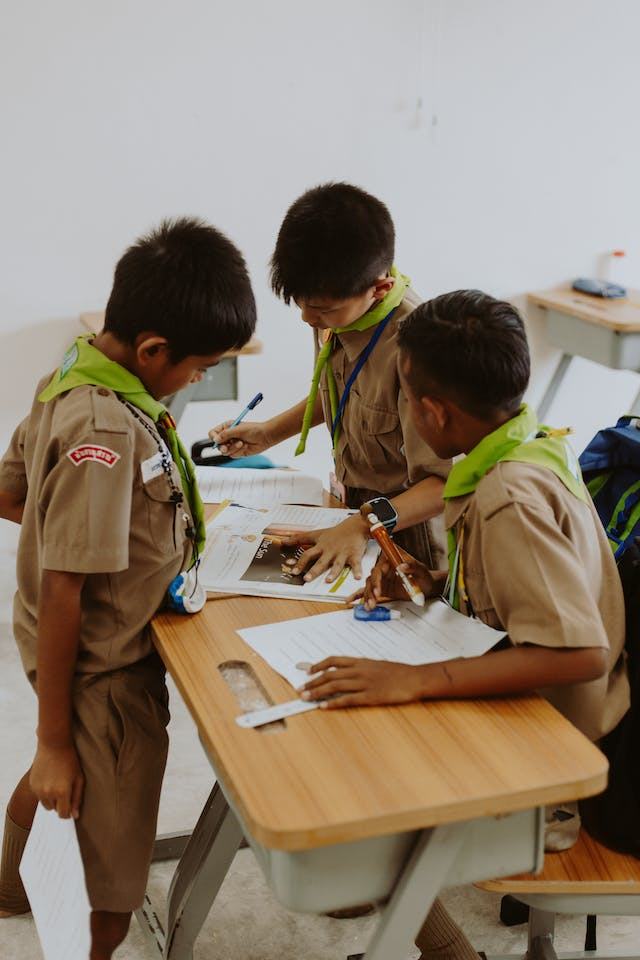
Photo by Ron Lach via pexels -
Meeting students' social, emotional, and behavioral needs is crucial, and many districts have responded by adding counselors, social workers, or paraprofessionals. However, the demand often surpasses available resources. The key is to enhance the effectiveness of existing staff, expand staffing through resource reallocation, and collaborate with external partners for affordable services.
Some districts have effectively doubled student services provided by existing staff by simplifying meetings and paperwork. Yet, even with such optimizations, many districts still find themselves understaffed. Fortunately, improvements can be made within existing budgets by reallocating resources, favoring fewer lower-skilled paraprofessionals and investing in staff with highly specialized skills, such as certified behaviorists.
Moreover, some districts broaden their social and emotional services by partnering with local nonprofit counseling agencies, teaching hospitals, graduate psychology programs, or insurance-funded mental health counselors. This collaborative approach allows districts to extend their reach, providing additional support to students without exceeding budgetary constraints. By adopting these strategies, districts can enhance and expand social, emotional, and behavioral supports, ensuring a more comprehensive and effective approach to students' well-being.

Photo by Andrea Piacquadio via pexels 
Photo by Max Fischer via pexels -
In the past, many medium sized and smaller school districts hesitated to create their own special education programs, believing they lacked enough students at a specific grade level to justify the costs. However, this isn't always the case. If a district has at least three students with similar needs within the same age range, establishing an in house program may be more cost effective than placing the students in an external program. Savings from reduced tuition payments and transportation costs should then be reinvested to enhance services within the district.
The key to success lies in hiring staff with the right skills and training, adjusting staffing levels throughout the year based on enrollment changes, and providing dedicated leadership for these programs. This approach ensures that resources are used efficiently, creating effective and affordable in-district special education programs.

Photo by Julia M Cameron via pexels 
Photo by cottonbro studio via pexels -
Implementing best practices on a large scale while keeping costs manageable requires districts to gain a thorough understanding of how staff, including special educators, related services providers, and RTI staff, currently serve students. Collaboratively establishing expectations for the service delivery model and setting guidelines on the amount of time spent with students is crucial.
The multitude of tasks performed by staff makes it challenging for districts to comprehend how time is allocated. Schedule sharing technology proves valuable in providing a deep understanding of current practices. It often reveals surprising insights, such as the significant time spent in meetings, the deviation from IEP recommendations for small groups, and the extent of instruction provided by paraprofessionals. Armed with this understanding, districts can thoughtfully plan the most effective use of time for each role, grade level and student need.
Additionally, school and district leaders must support principals, special education, and intervention staff in creating thoughtful schedules aligned with best practices. The master building schedule should not force teachers to pull students from core instruction, hinder grouping students with similar needs, or demand excessive meeting attendance. Scheduling is both an art and a science, and effective scheduling is essential to meeting student needs. Recognizing that not every teacher or principal may be an expert scheduler, coordinated scheduling becomes crucial to ensuring time is used most effectively, acknowledging the interconnectedness of multiple schedules impacting the overall efficiency and effectiveness of the educational system.

Photo by Julia M Cameron via pexels 
Photo by olia danilevich via pexels -
Implementing these best practices can yield significant positive impacts, but it's important to acknowledge that claiming implementation is easy would be misleading. Achieving large scale shifts in service delivery, staffing, scheduling, and roles and responsibilities demands time, dedication, and hard work. Building consensus, fostering buy-in, and ensuring fidelity of implementation require ongoing communication and attentiveness. It's essential to engage leaders across all district functions and maintain a dialogue with key stakeholders, including parents. Clear goals, meticulous planning, and extensive communication are crucial in paving the way for successful implementation.
A thorough examination of current practices and a systems thinking approach to implementing best practices can make a substantial difference in student outcomes. While it involves hard work and is a time consuming process, the effort invested is well worth it to enhance the lives of students with special needs and those who face challenges in their learning journey.
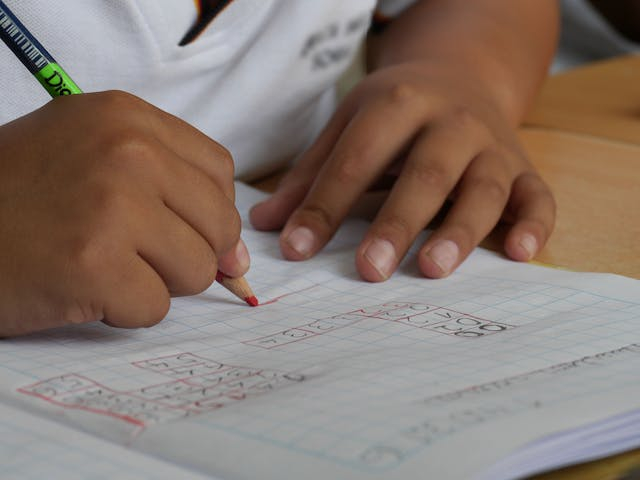
Photo by Pixabay via pexels 
Photo by Pixabay via pexels
















